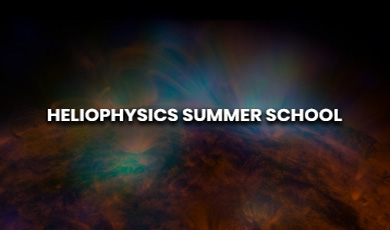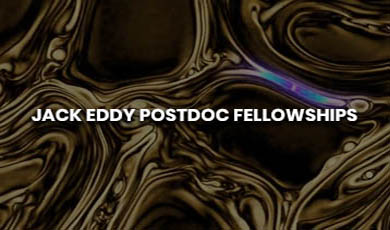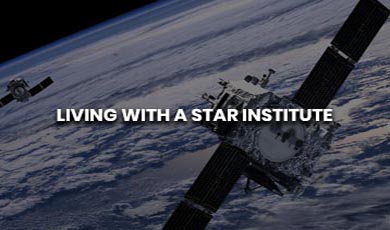What is heliophysics?
Heliophysics is the integrated study of the Sun, its planets, and space environment as a dynamic system. It focuses on the Sun's turbulent magnetic activity and its effects on the upper atmosphere of Earth, as well as on other solar system planets and the surrounding heliosphere.
It encompasses many areas of inquiry: cosmic rays and particle acceleration, space weather and radiation, dust and magnetic reconnection, solar activity and stellar cycles, aeronomy and space plasmas, magnetic fields and global change, and the interactions of the solar system with our galaxy.
How does Heliophysics benefit us?
Heliophysics has great value for two reasons. It is critical in understanding space weather and its potentially crippling impacts on our vital technologies: our satellites, communications and navigation signals, and power grids. This understanding guides our mitigation strategies.
Heliophysics also teaches us about habitability. In studying the Sun’s changing effects on planetary atmospheres, we can learn by proxy about another star’s effects on the atmospheres of its exoplanets. This knowledge will support our search for life elsewhere in the universe.
Announcements
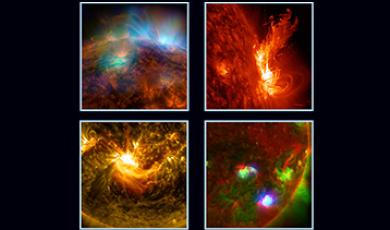
Heliophysics Summer School 2026
UCAR Cooperative Programs for the Advancement of Earth System Science (CPAESS) partners with NASA to hold the Heliophysics Summer School each year. The 20th NASA Heliophysics Summer School will be held in person, July 21 - 29, 2026 in Boulder, CO. The deadline to apply for the Summer of 2026 is January 31, 2026.

A Heliophysics Star Honored: Karel Schrijver
Dr. Karel Schrijver, one of the founders of the NASA Heliophysics Summer School and author and editor of five foundational textbooks and an e-book on heliophysics. (Photo from Amazon.com author profile.)
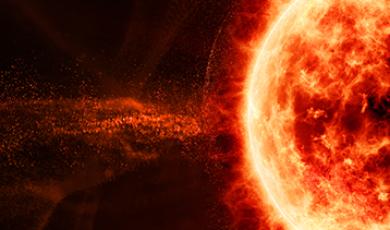
Heliophysics Summer School 2025
UCAR Cooperative Programs for the Advancement of Earth System Science (CPAESS) partners with NASA to hold the Heliophysics Summer School each year. The 2025 NASA Heliophysics Summer School was held in person, August 12 - 20, 2025, in Boulder, Colorado.
See Presentation PDFs and Video Recordings from the Summer School
Explore the Sun-Earth connection
For grad students & early postdocs
Focus on the physics and impacts of Sun-generated
space weather events
For early-career PhDs
Perform cross-disciplinary research under
experienced scientist mentors at U.S. institutions
For faculty & students
Access presentations, problem sets and solutions,
textbooks, and more from past Summer Schools
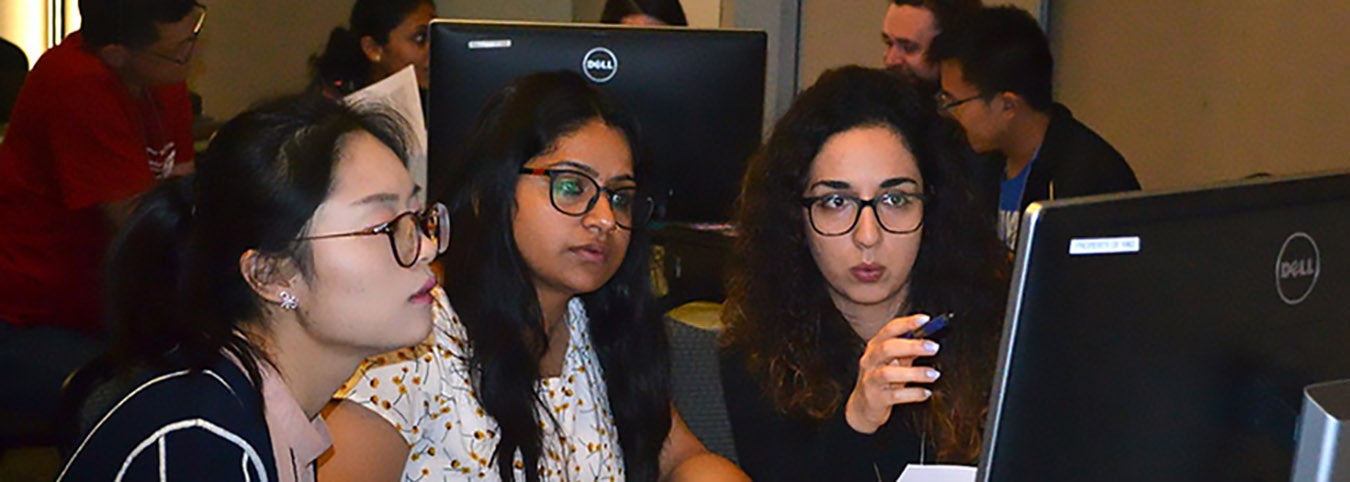
Partners in nurturing a new science

NASA's Living With a Star Program (LWS) and UCAR Community Programs' Cooperative Programs for the Advancement of Earth System Science (CPAESS) partnered in 2006 to launch the Heliophysics Summer School. Since then they have worked to foster heliophysis as an integrated science, teaching a new generation of researchers to engage in cross-disciplinary communication.

